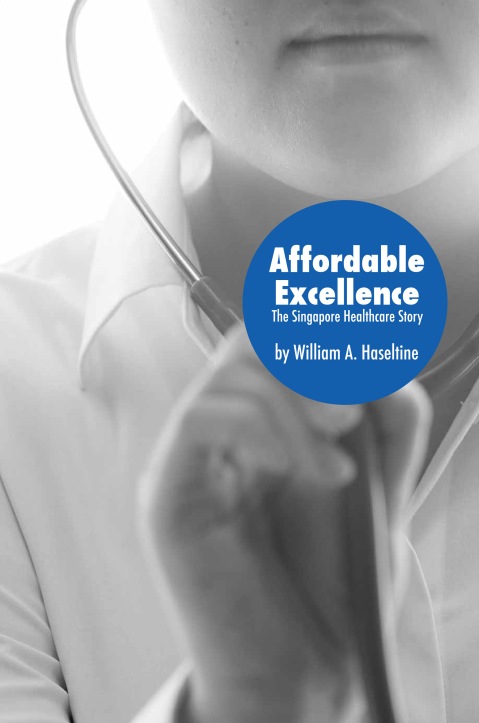How Singapore is preparing for future elderly care

Singapore’s future elderly a pool of opportunities
Today, population aging is emerging as a major demographic trend worldwide. The island nation of Singapore is no exception to the greying of its population, with an estimated 20% of its residents hitting the full retirement age of 65 by 2030. The first wave of the Baby Boom generation is expected to reach the 65 mark by the coming 2012.
In retrospect, Baby Boomers in Singapore played an instrumental role in building the country into one of the world’s advanced economies. They were the beneficiaries of a developing educational system and also the primary contributors of industrialization growth.
More importantly, a majority of this generation will have better health and education. Up to 87% of the elderly were found to be physically independent while the number of them with university education will rise from 4% in 2010 to 13% by 2030. The Baby Boomers are also likely to be wealthier as well. Statistics show the rise in average monthly income from work at similar life stage down the years;
 An aging population entails both opportunities and challenges;
An aging population entails both opportunities and challenges;
This generation of future elderly represents a sizable ability pool with bountiful of experience and energy. It presents an array of opportunities for us to not only engage their participation, but also to leverage on their talents so that they can continue to contribute meaningfully to their families, communities and to society.
These group of elderly are also likely to be active in the fields of social and economic initiatives. They will have varying needs and aspirations that may pose as a challenge to policy makers. Policies and programmes designed for elderly care must be tailored sensitively to suit their range of requirements.
Aging issues are sophisticated and diverse. It is essential that the government, community agencies and the private sector work hand in hand towards an integrated approach to solve the growing problem. The Committee on Ageing Issues (CAI) established in 2004 was tasked to focus on the issues of elderly care. In the next post, we will take a closer look at the guiding principles and strategic framework adopted by the CAI in a bid to achieve their goal of “Successful Aging for Singapore.”
(Source: Ministry of Community Development, Youth and Sports: Committee on Ageing Issues)
(Image source: Straits Time)
Singapore’s 5-year pilot to improve ageing-in-place
Singapore, being the country with the world’s second fastest aging population is making strides to prepare for what lies ahead. In the Marine Parade estate, residents can expect to see the addition of larger signboards, better seats, and strategic rest stops in the near future. This is part of the 5-year pilot announced by the government in 2010 to establish an elderly friendly Marine Parade estate.
To be rolled out in 3 phases, the first phase involved identifying the needs of the elderly to better locate the amenities accessed frequently by them.
Approximately 2,500 elderly residents were surveyed, and the popular requests on flats improvements include the fitting of non-slip tiles within bathrooms, bigger peep-holes on the main door, and switches at reachable height. A majority also reckoned that the construction of sheltered walkways, fitness corners, and lifts for the overhead bridge would bring greater convenience and benefits to the elderly community.
Currently, work on phase 2 is underway to develop and pilot interventions based on these surveyed results. The idea of situating clinics under flats is under consideration to respond to rising healthcare needs of the elderly population. Social challenges faced by the seniors will be tackled by the introduction of initiatives aimed at spurring social participation and inclusion.
The results drawn from the evaluation phase in 2015 will offer insights as to how an inclusive environment encompassing both physical infrastructure and community facets for aging-in-place could be shaped and be replicated to other estates. This will better brace Singapore for the imminent impact from the silver tsunami, and sustain its elderly population in a more effective manner.
(Source: MCYS)
(Image source: Hester Tan, channelnewsasia.com)



